
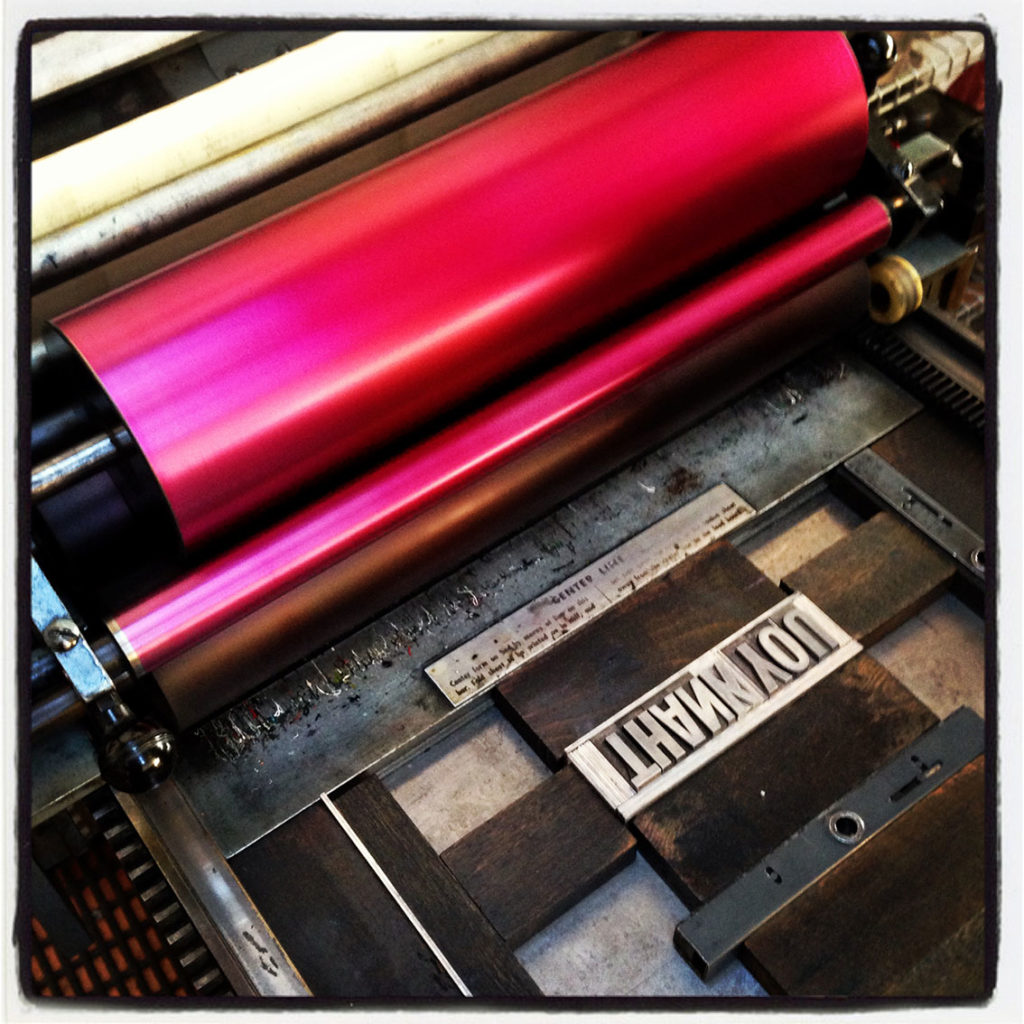
We recently received an introduction to letterpress printing at Idlewild Press in Melbourne, and wanted to share a few of our learnings.
You’ve probably seen a few examples of letterpress printing – you’ve received a wedding invitation, or picked up a business card from a hipster café (if you have one of Brand by Name’s cards, that’s letterpress too)
Until the 1900s, this was the main method of printing newspapers, flyers and most printed material. By the 1930s it was fading fast, being overtaken by offset printing (one of the main processes we use today), commonly referred to as four colour, or ‘CMYK’ after the colour of the inks used. Offset printing is fast, accurate and excellent quality. Letterpress printing remained in some specific areas, such as hand-published books, wedding materials, personal stationery and for some high-end brands. And it has become popular recently along with the hand-made/maker trend.
It’s beautiful. The feel of the paper, the impression the plates produce, the strength of colour…it’s a print lover’s wet dream. You’ll never ever hand over your business card or invitation without the recipient noticing the quality.
It’s expensive. Make no mistake—digital print has revolutionized the cost of short print runs (under 500 copies is generally considered short). You can now print your business cards for a quarter of the price of ten years ago.
But letterpress printing is still a fairly manual process. Whilst there are so-called ‘fast’ machines, they almost always need some manual intervention to insert paper and check the impressions.
As an example, the printing workflow alone (not including making the plates or pre-press setup) for our business cards was as follows:
Pass 1: The large block of yellow on the back.
Pass 2: The charcoal text on the front.
Pass 3: The charcoal logo on the back
Pass 4: The yellow logo and small glyphs on the front.
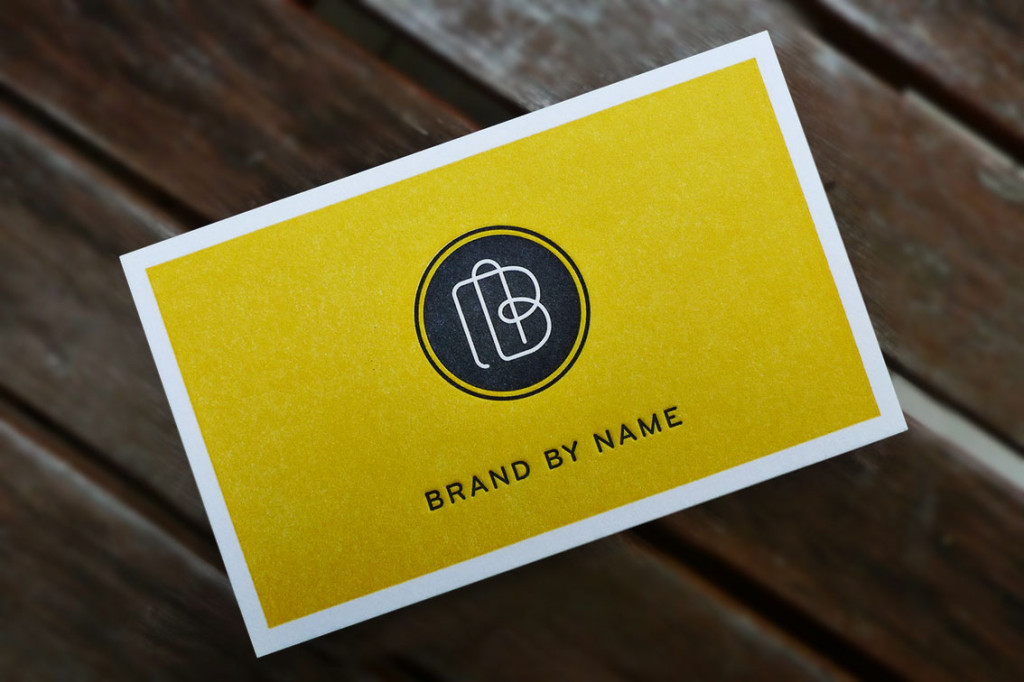
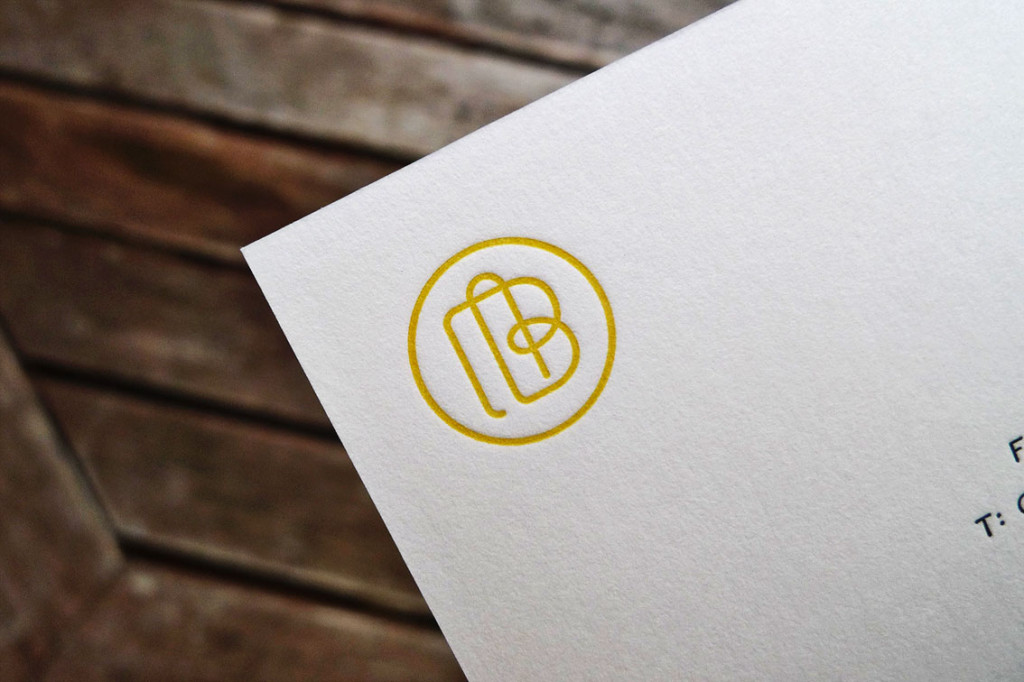
If this was a digital process, you would have these cards printed, trimmed and packed in a matter of a couple of hours.
Ours took almost two weeks.
If you’re in Melbourne, the Hungry Workshop is situated in a street-facing building in Northcote, where you can peer in and see the machines. If you’re in Sydney, head to an event at the Distillery in Surry Hills where their machines run along an entire wall.
But if you’re looking for someone to print your cards or stationery, call us. We have a few contacts.



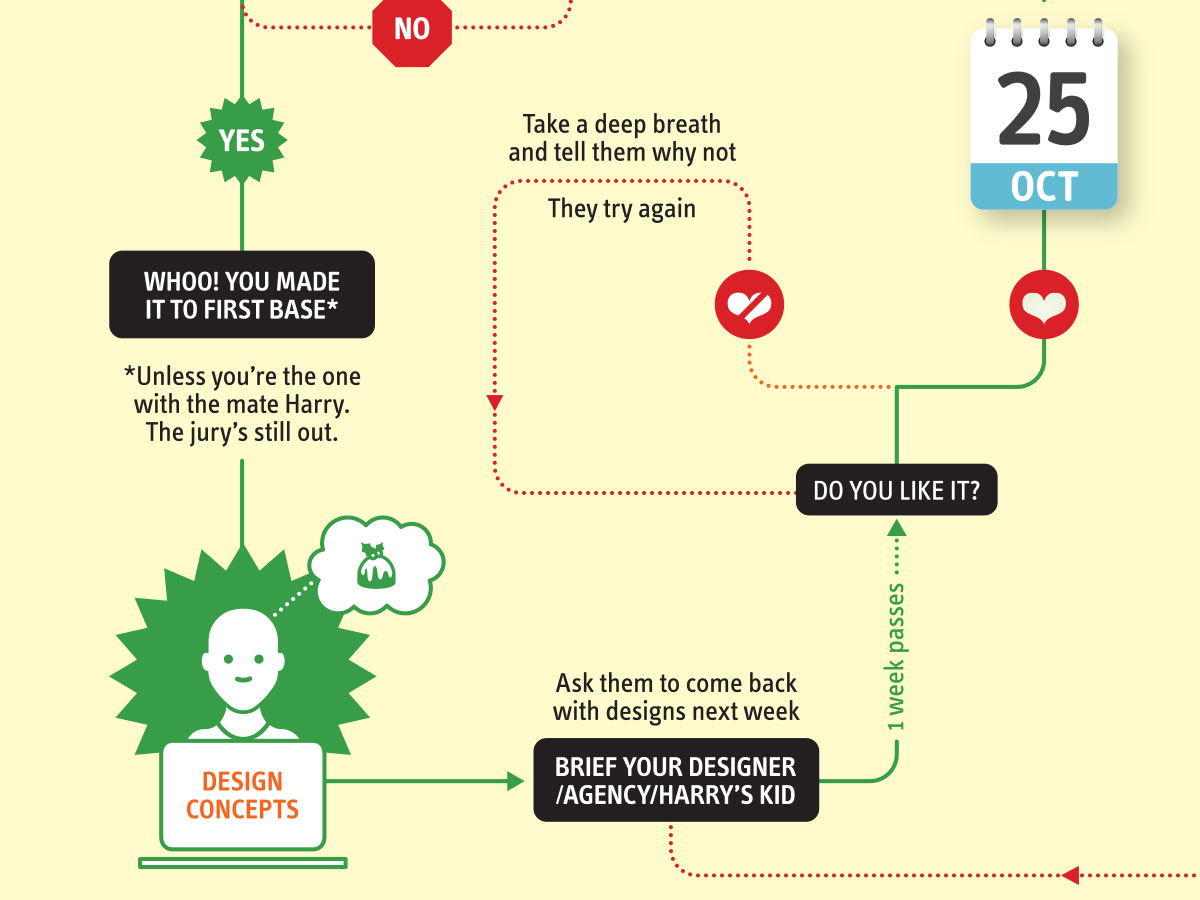
It’s that time of year when we start looking forward to the end of the working year, changes in the seasons, and celebrations over the New year…
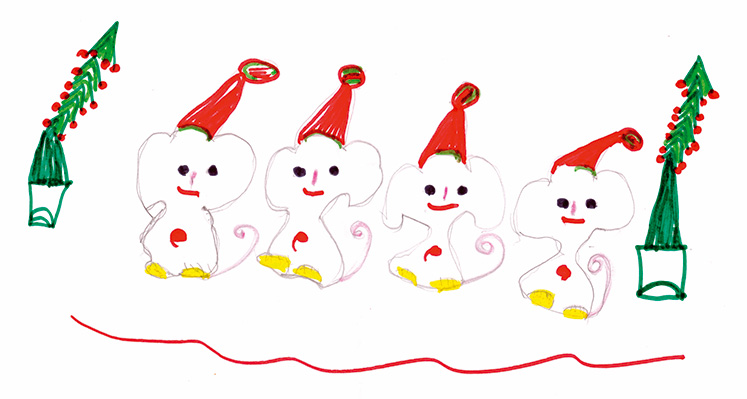
Sometimes it can be hard to think of Christmas Cards (especially when the holiday season is months away). So we present a few ideas to get your creative minds sparking…

For the 2024 President’s Dinner event at State Library Victoria, we created two visual concepts.
This is the concept that didn’t make the cut, and we share some of the additional printing and finishing details.

We have 3 rules when designing merch / swag / promotional gifts: 1. Sustainable
2. Usable
3. Quality

Whatever the brief is, it’s exactly the same. Every project. Every time. Every design. It‘s just one word.

You never know where inspiration comes from : behind-the-scenes at a design project combining the vintage aesthetic of pre-1800 Japanese rare books, with a modern twist.
Email hello@brandbyname.com.au
or call +61 3 8658 7744
105 Wellington St,
St Kilda VIC 3182
© 2025 Brand by Name™

Subscribe to our monthly newsletter — Brand News — filled with Design tips, Creativity hacks, Brand news and Design-related goodness.